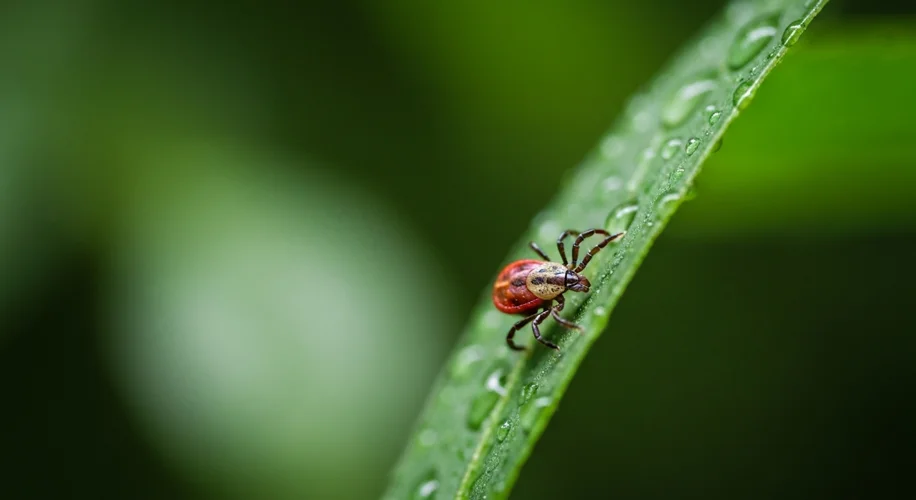Did you know that the world is getting warmer and more humid? As an atmospheric scientist, I’ve spent years studying climate patterns, and this is one trend that’s hard to ignore. While we often think about the big impacts of climate change – like rising sea levels or more intense storms – there are also these quieter, yet significant, shifts happening all around us. One of these is the way our changing climate is creating ideal living conditions for ticks.
This isn’t just about a few more creepy crawlies. Ticks are vectors, meaning they can carry and transmit diseases. As their populations grow and expand their range due to warmer and more humid environments, so does the risk of tick-borne illnesses like Lyme disease. It’s a direct link between environmental science and public health.
So, why are ticks loving this new climate? Ticks thrive in specific conditions. Warmer temperatures mean they can be active for longer periods throughout the year, and milder winters mean fewer ticks die off. More importantly, humidity plays a huge role. Ticks need moisture to survive; if they dry out, they die. Our increasingly humid climate provides that essential moisture, allowing them to flourish in areas where they might not have survived as well before.
This expansion isn’t just happening in forests anymore. As ticks find more suitable habitats, they can move into suburban backyards, parks, and even urban green spaces. This means more people are potentially coming into contact with infected ticks.
From my experience with climate modeling, we can see how subtle shifts in temperature and precipitation can have cascading effects. What seems like a small change – a degree warmer, a bit more rain – can create a perfect storm for certain species. In this case, that species is the tick, and the consequence is a potential increase in the diseases they carry.
It’s a stark reminder that climate change isn’t an abstract concept; it has tangible effects on our daily lives and our health. Understanding these connections is the first step in adapting and protecting ourselves and our communities. As we continue to navigate a changing planet, staying informed about how our environment affects our well-being is more crucial than ever.

